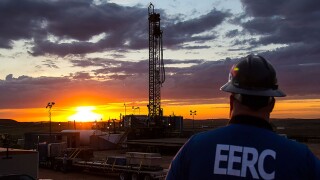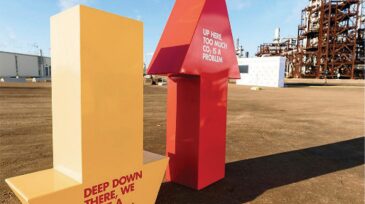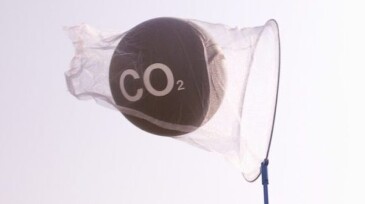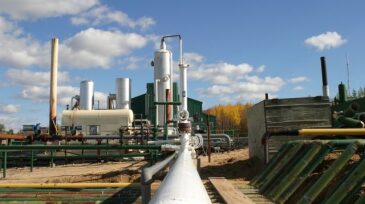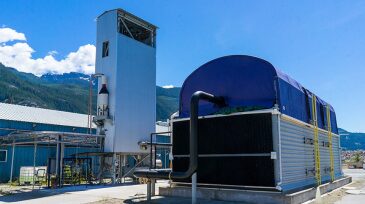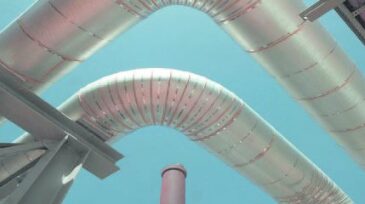Carbon capture and storage
Regulators pull from experiences in the oil and gas industry to define best stewardship practices for the nascent CCS industry.
EERC CEO Charles Gorecki outlines how applied research in North Dakota is helping improve oil recovery, reduce emissions, and advance carbon storage.
This article is the fifth in a Q&A series from the SPE Research and Development Technical Section focusing on emerging energy technologies. In this edition, Shantanu Agarwal, founder and CEO of Mati Carbon, discusses how the company’s approach to carbon removal led to winning the Musk Foundation’s XPRIZE in 2025.
-
A new joint study will test the economic viability of taking CO2 from a cement plant and giving it to an oil company to pump underground.
-
Rapid scale-up of CCUS projects is critical to achieving net-zero carbon emissions by 2050.
-
Rapid scale-up of carbon capture, use, and storage is essential for meeting climate and emissions targets while not crippling economic growth. Yet, its potential remains largely untapped because of reasons that include growing pains of immature technologies and uncertainty around public policy.
-
Mosaic’s technology uses chemistry to remove carbon dioxide from emissions sources, and the two firms will be looking at how to scale it for industrial use.
-
Using direct air capture in the near-term is critical if the technology is going to be affordable at a truly large scale in the coming decades. Enhanced oil recovery is the most-economic way to do that.
-
The oil industry is investigating carbon capture and sequestration projects after Congress passed expanded tax credits last year. But questions linger about how much industry investments will actually lower greenhouse gases.
-
A bipartisan group of senators introduced a bill to increase federal funding toward developing carbon capture technology while also committing to fossil fuel use.
-
IPIECA, the oil and gas industry association for environmental and social issues, has released a new fact sheet in an effort to promote carbon capture and storage.
-
The most recent report from the United Nation’s Intergovernmental Panel on Climate Change and December’s international conference on climate change held in Katowice, Poland, show that the world is not coming close to reaching the targets set in the landmark Paris Agreement of 2015.
-
The Acorn Project will capture about 200,000 tonnes of carbon dioxide from the St. Fergus Gas Terminal and transport it for storage to one of three depleted gas fields using existing pipelines.


